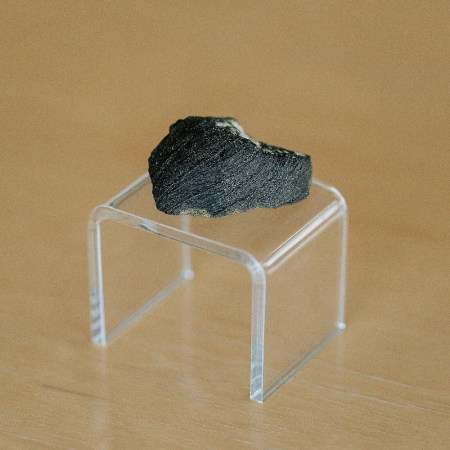Researchers from the Medical University of Vienna have found that humans consume nearly five grams of plastic per week — roughly the weight of a credit card.
Micro and nano plastics can enter the digestive system through the water we drink. One report found that one to two liters of water daily from plastic water bottles can introduce over 90,000 plastic particles into our bodies, while tap water can introduce over 40,000 particles. Seafood and sea salt are also hosts to microplastics.
Micro and nanoplastics are tiny, virtually invisible fragments of plastic. Nanoplastics are less than 0.001 millimeters in size, while microplastics are between 0.0001 and 5 millimeters. But even though they’re tiny, they can have big effects on your body. Researchers found that “changes in the gastrointestinal tract from plastic are linked to metabolic diseases like obesity, diabetes and chronic liver disease.”
People with chronic illnesses are particularly at risk, as one of the co-authors of the study, Lukas Kenner, explained: “A healthy gut is more likely to ward off the health risk, but local changes in the gastrointestinal tract, such as those present in chronic disease or even negative stress, could make them susceptible to the harmful effects of [micro and nanoplastics]”
This could be an irreversible part of life in the future: plastic is in everything, and is “irreplaceable” in daily life, the study found. In a report from 2020, the Ocean Conservancy found that there were over 8 million metric tons of plastic in the world’s oceans. Today, plastics make up 80 percent of ocean debris, and by 2050, there could be more plastics in the ocean than fish.
Thanks for reading InsideHook. Sign up for our daily newsletter and be in the know.


















